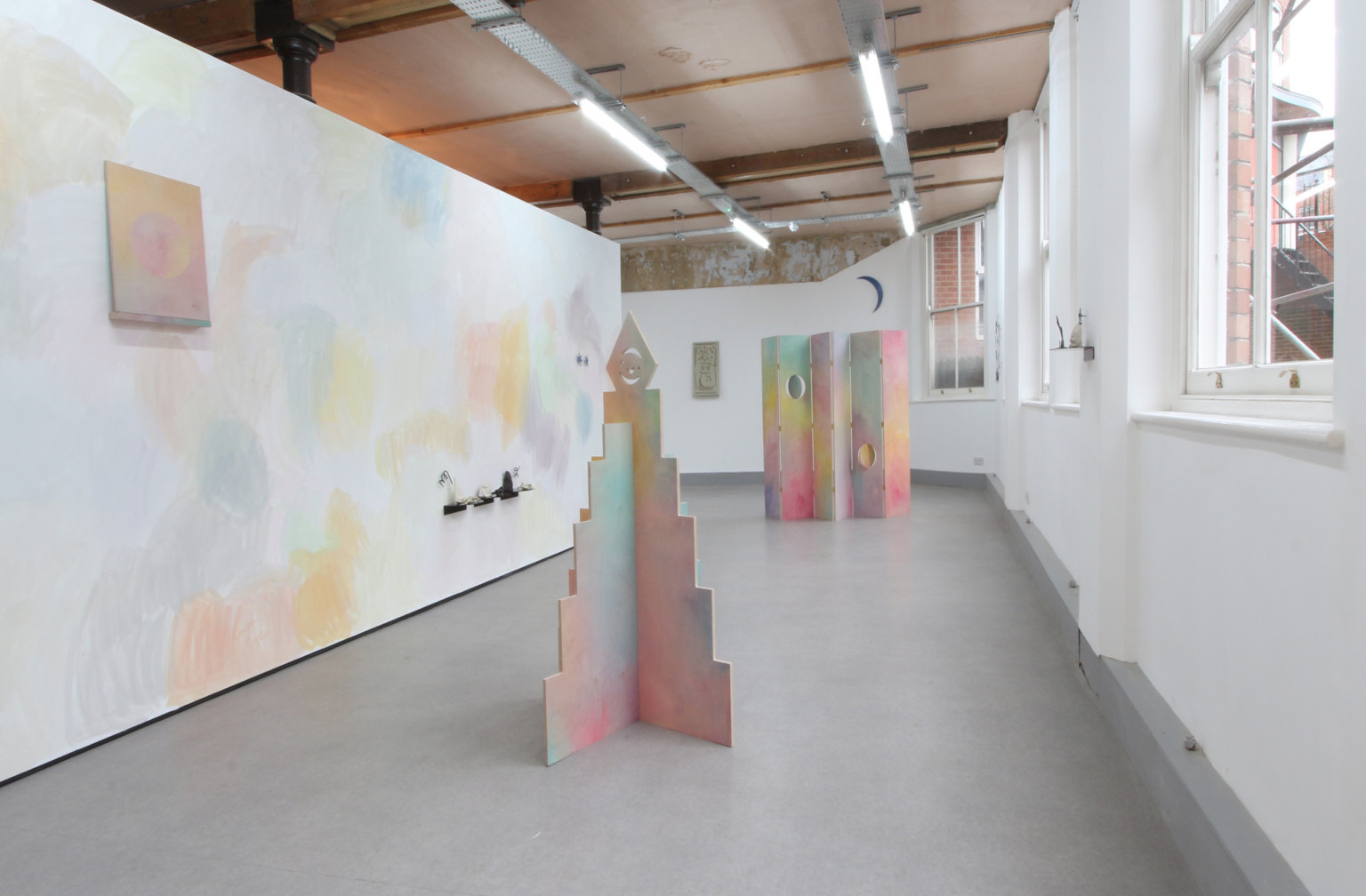Class of 2021: Gemma Moore
BA Fine Art Hereford College of Arts final-year student Gemma Moore speaks to Valerie Zwart.
Covid-related access restrictions forced Gemma Moore (BA Fine Art) to reorient her practice from conceptual metal sculpture to feminist-inspired performance photography. She’s embraced the transition, making inventive use of available materials to create photographs that are by turns humorous and charged with meaning.
How has your practice changed during your time at art college?
I have loved every minute of my time here, and of learning about the power of conceptual art and contemporary art and what it really means in society.
In my first year, I became interested in conceptual art, and specifically in metal. It wasn’t just its physical form, it was also the manipulation of it – the forging, marking and scratching of it –that attracted me.
I was forced to change my practice in March 2020 because there was no access to workshops. So, I started making performance photography around feminist issues. In lockdown, my back yard became my studio. That’s why there are fridges and old dishwashers in my work – it’s all my dad’s old scrap.
At first, my first photos were purely a reaction to being sick of not wearing nice clothes. Their potential as artistic material came to me a few months later. In my third year, I pushed the images further by wearing wigs, turning them into performance, and by using film. I’ve also developed a feminist persona, using a blonde wig. It has become my staple outfit to create a near-humorous narrative to illustrate women’s stereotypical positions.
 Which artists have inspired your work?
Which artists have inspired your work?
I’ve been inspired by classic feminist works like Cindy Sherman’s Untitled Film Stills and Martha Rosler’s Semiotics of the Kitchen. A recent film addressing the value of women’s art is partly inspired by the Guerrilla Girls, and a set for one of my photos is based on Judy Chicago’s The Dinner Party.
Musical artists Doja Cat and Ariana Grande are also an influence, especially their visuals. With my dad’s help I’ve made a strong pink light, similar to ones used in their videos. I’ve been keeping it back to use for my degree show. I like this light because it’s not only feminine; it is hyperfeminine.
Do people respond to the humorous aspect of your work in the way you expect?
The work is received in the way I expect it to be, generally. During the shoots, I perceive them as funny. At first glance, Why Not?, where I am sitting in the middle of the road, is funny, but when I installed the photos at the project space, it and others seemed almost forensic. The humour had slipped out of them, which was startling. Someone mentioned it at the viewing. When looked at critically, issues around women’s experience are what is foregrounded.
My works dip in and out of humour. Some are funny, like Dystopian Holiday, where I’m wearing a sunhat and knitting in front a caravan that currently houses chickens. In Bait, I’m standing in the middle of the road holding a pillow with the word ‘bait’ spray-painted on it. It could be seen as funny or daft, but look a bit harder and you see the transition –the work addresses serious issues like sexual harassment and assault at night. For a long time, I was uncertain about the photos, but when the Sarah Everard case happened I realised that they, and particularly Bait, were making a serious point.
 Which of your works do you consider the most successful?
Which of your works do you consider the most successful?
My favourite photo shows me kneeling between an old washing machine and fridge. I like Yours because there is a lot going on, on a few different levels: the pillow I’m holding says ‘yours’ and speaks to possession, subservience and submission. Placing myself between two pieces of scrap metal recalls eco-feminist theory in which the landscape is controlled by men, including the discarded elements in it, and women are made to feel or treated as if they too are disposable.
What were the elements of your course you got the most from and what do you wish you had more of?
The first-year lectures really made me understand what conceptual art is and brought the notion of object as metaphor to life. In second year, I loved how the tutors communicated their enjoyment of and explained their practice, processes and introduced us to new, different artists. I wasn’t expecting to, but I really enjoyed the readings in the third year.
I do wish there had been more inductions into different techniques and processes in the textiles workshop or technical equipment. It might have been cool, for me, to have my induction to the sublimation printer earlier.
 What are your degree show plans?
What are your degree show plans?
I want to use the strong pink light I mentioned, projection-mapping, film, and installation, including some old televisions, which seem like transporters to another time. I’m also thinking of installing the old fridge that I use for a lot of my shoots.
What are your plans going forward?
I am already thinking ahead to my MA, which I shouldn’t do – I should be thinking about now. But I would love to start a body of work using my own, first-hand research. Right now, my lap is full of paper that I’m ripping or cutting up for my upcoming show at Direct Art Action Gallery in Sutton Coldfield.
Degree show: Hereford College of Arts’ Festival of Arts’ takes place online and physically 12 June – 10 July. hca.ac.uk/festivalofarts
Interview by Valerie Zwart.
 Images:
Images:
1. Gemma Moore, Trapped, 2021.
2. Gemma Moore, Yours, 2021.
3. Gemma Moore, Why Not?, 2021.
4. Gemma Moore, Displacement, 2021.





